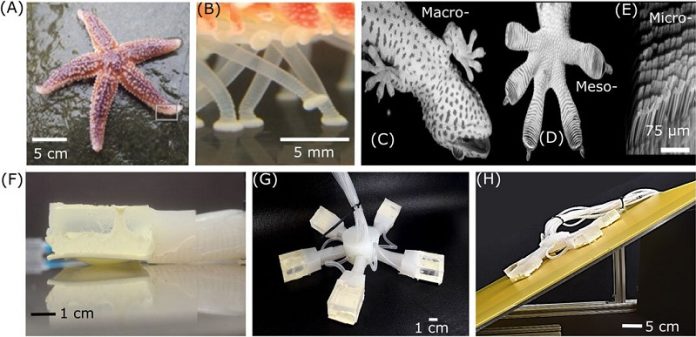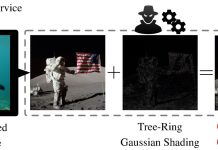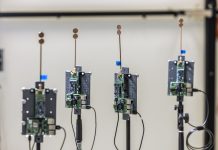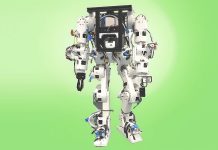
You’ve probably seen or heard about geckos, those cool little lizards that can scuttle up walls and across ceilings.
Scientists at Carnegie Mellon University have been inspired by these agile animals to create a special robot.
The really exciting part?
This robot can move about just as well on wet surfaces as it can on dry ones.
“This is an awesome step forward,” said Sampada Acharya, a Ph.D. student in the Mechanical Engineering department. “We could use a technology like this not only for underwater exploration but even in everyday healthcare situations.”
Usually, making adhesive patches (sticky surfaces) involves complex processes in special clean environments. The research team made this process simpler and cheaper using something called diffraction grating films.
To test this new material, they created a robot they’ve called the Gecko Adhesion Based Sea Star (GASS) Crawler. It’s designed to climb and swim like a champ!
They checked out how well the GASS crawler robot worked on glass, acrylic, and stainless-steel surfaces. The results were impressive – the sticky feet helped the robot move better in both dry and wet conditions.
It could even climb up slopes angled at 25 degrees and hold on to surfaces angled at 51 degrees without slipping!
Sampada Acharya and Peter Roberts, who led the research, are both very interested in how this could be used in healthcare.
Acharya’s work focuses on making the process of collecting pathogens (things like bacteria, viruses, and fungi) from places where infection could spread more efficient. They hope to do this using materials inspired by geckos that can be put on robots.
Acharya hopes that this tech can be used to create robots that can pick up and detect harmful germs on surfaces.
This would cut down on human error and could decrease the number of infections picked up in hospitals, cut operational costs, and make things easier for patients. The GASS crawler’s ability to move on all different surfaces gets us closer to this goal.
Roberts, also a Ph.D. student in the Mechanical Engineering department, has been working to develop patches for recording biological signals like heart rate and muscle activity. To work efficiently on skin, these patches need to stick to it even when there’s hair, sweat, and other things in the way.
Roberts explains that using micro patterned structures (small, patterned surfaces) helps the material stick to different surfaces and has shown good results on skin. “The stickiness is enhanced using an effect like what is seen in natural gecko adhesives.”
This cool project grew out of a course in Bioinspired Robot Design and Experimentation. Victoria Webster-Wood, an Associate Professor of Mechanical Engineering, says, “The key innovation here is the ability to create these tiny structures over large areas using diffraction grating arrays that you can order on Amazon.
The possibilities are huge – from robotics to electronics and even energy devices.”
The team isn’t stopping here, though. They’re looking to make their gecko-inspired adhesives even better and improve the sea star crawler so it can go underwater, climb steeper slopes, and move faster.
Their research has been published in the journal Frontiers in Robotics and AI. We can’t wait to see what they do next!
Follow us on Twitter for more articles about this topic.



